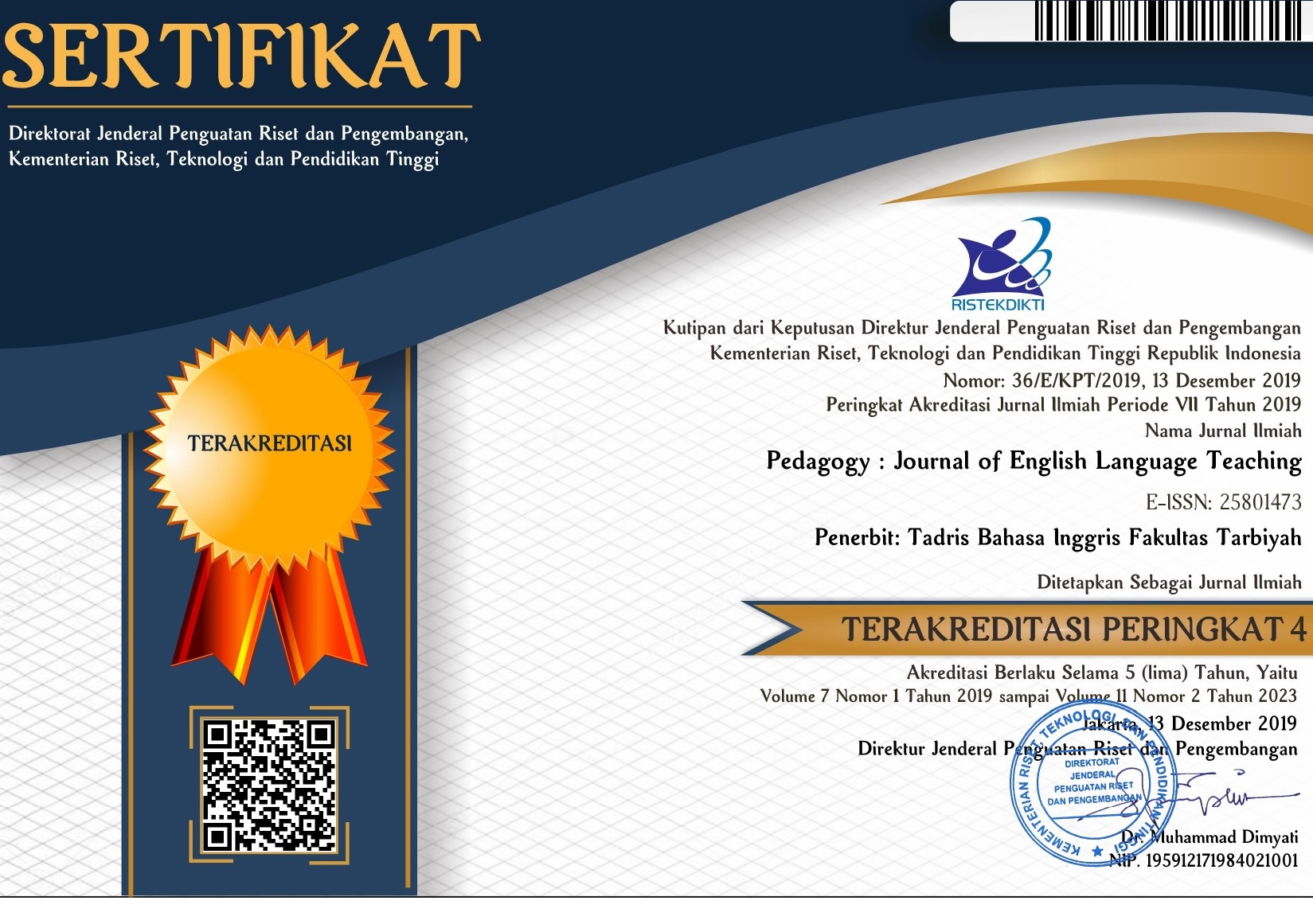Elsa Speak App: Automatic Speech Recognition (ASR) for Supplementing English Pronunciation Skills
DOI:
https://doi.org/10.32332/joelt.v9i1.2723Keywords:
artificial intelligence, ELSA Speak, Pronunciation skills, technologyAbstract
Nowadays, artificial intelligence (AI) became a special concern in language teaching for the reason that it can assist and enhance language learning for all levels of education. Again, it had beneficial roles for supplementing language teaching like ELSA Speak App one of Automatic Speech Recognition (ASR) used for teaching pronunciation. It studied how students heard, voiced, uttered, vocalized, and asserted the English words in the oral language, but the students often pronounced incorrect words with the result that the uttered words had faulty meaning. This study aimed to carry out English Language Speech Assistant (ELSA) Speak App to improve English language pronunciation skills to higher education learners that were the English Department Students of Nahdlatul Ulama University of Yogyakarta (UNU). The data were collected using a test of pronunciation and interview. The researcher also taught in the classroom. The results showed that ELSA Speak can increase the students’ pronunciation skills. It can be seen from the average scores obtained from the teaching cycles from two to four in grade. Clearly, ELSA Speak helped the students pronounce diverse words more easily and comprehensively. Also, the available features offered by this app like instant feedback enabled the students to pronounce precisely. In conclusion, ELSA Speak can improve the students’ pronunciation skills well and effectively. Indeed, it can motivate the students to engage in learning to pronounce.
















